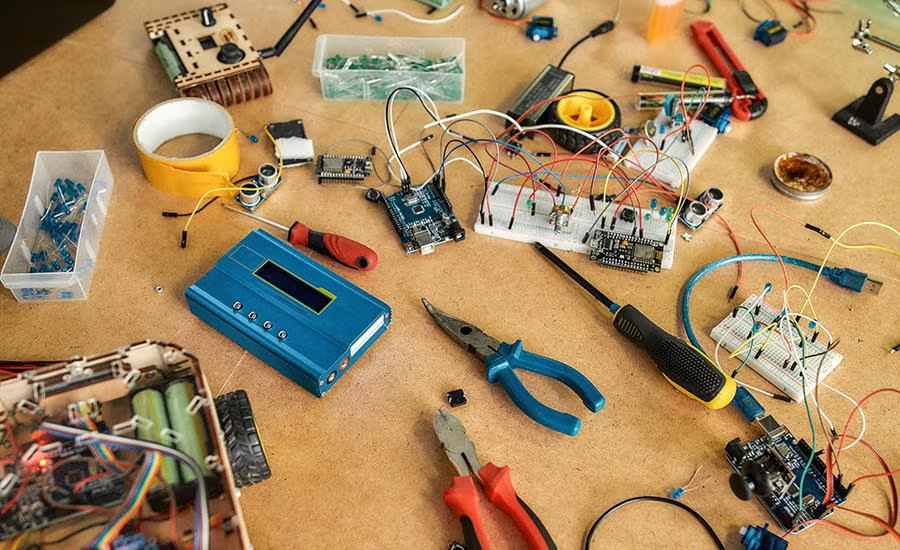
DIY Thermos (Keep it Hot! , The cold will never bother us anymore!)
A thermos is a must-have device for anyone who wants to enjoy hot or cold beverages on-the-go. It is a simple yet ingenious invention that utilizes scientific principles to keep our drinks at the desired temperature. This is achieved by having a good insulator, which acts as a barrier to thermal energy transfer. In the classroom, students can apply these scientific principles to design, construct, and test their own thermos. They can experiment with different materials and insulation techniques to see which ones are most effective in minimizing heat flow. This hands-on activity will not only help students understand the concept of thermal energy transfer but also encourage them to think critically and creatively to solve real-world problems. By constructing their own thermos, students can develop practical skills and gain a deeper understanding of how scientific principles are applied in everyday objects. With this knowledge, they can even improve upon the design of the thermos to make it even more efficient. In a world where energy conservation is crucial, learning about thermos and its principles can have a long-lasting impact on students, making them responsible citizens who are mindful of their energy consumption.
Lesson Grade Level
8th GradeLesson Plan Link/URL
https://docs.google.com/presentation/d/12TcpBdwFrPWkYxQjCCDa9uFeGmyVV80j/edit?u…Subject Area
Science Physical Science P4: Energy Transfer Engineering S2: Apply the Engineering Design Process S3: Apply Mathematics to Engineering S4: Apply Science to Engineering S7: Apply Project Management to Engineering Mathematics Measurement and Data (MD) The Number System (NS)Related Content

This lesson will provide students with hands-on experience to design a roller coaster that will demonstrate transformation and conservation of mechanical energy. Students will learn the concept of

In this project, 8th-grade students will engage in hands-on exploration of elastic potential energy and its conversion to kinetic energy using small catapults. Through experimentation and data

Rad Roller Coasters Part 2 comes at the end of our paper roller coaster project. Students will collect data on their coaster and use that to calculate velocity, potential energy and kinetic energy

